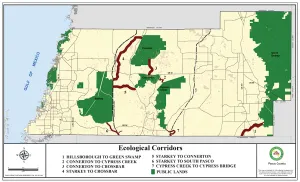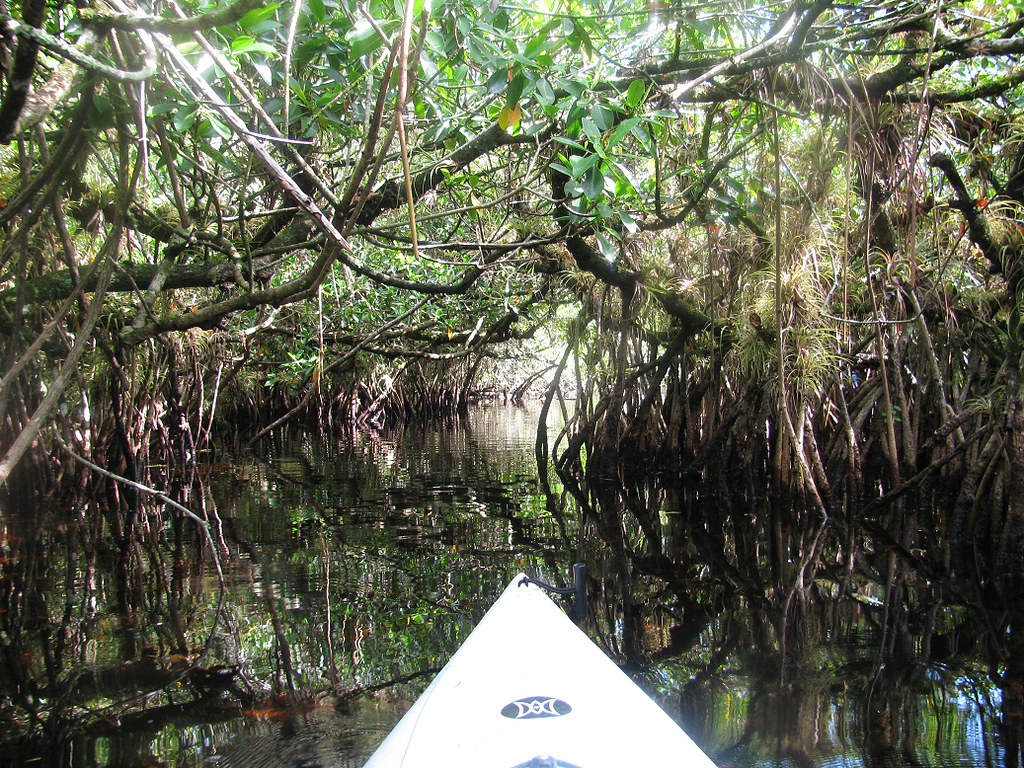
Photo courtesy Visit Sarasota.
As Polk and Pasco counties consider extending or resuming property tax increases to purchase environmental lands, Manatee County scored a major win earlier this year with the purchase of Rattlesnake Key, once proposed as a 911-acre resort with a cruise port just south of the Sunshine Skyway Bridge. The county partnered with the state to save the property – much of it underwater – for use as a state park.
That’s just the most recent conservation success story in the Tampa Bay region, where Hillsborough, Pinellas and Manatee all have dedicated funding for purchasing environmental lands. In Polk County, where funding was available from 1994 to 2015, the .02 millage tax (about $30 per year for the average household) purchased more than 25,000 acres creating 11 preserves. The crown jewel, Circle B Preserve is a regional attraction for visitors as well as residents. “We’d love to see another Circle B on the northeast side of the county,” said Suzanne Lindsey, chair of Polk Forever, a voluntary citizen conservation group that is leading the efforts to get the referendum passed.

Photo courtesy Pasco County
Protecting water resources is critical in Polk County, she said. “With nearly 18,000 people moving to Polk each year, our water resources and valuable ecosystems are under pressure. Now is the time to protect our working lands and unique natural resources that make up this special place we call home.”
In Pasco County, the Penny for Pasco tax is up for renewal again after passing with a 70% margin in 2012. Proceeds from the penny sales tax are divided among the county, cities and schools, including 20% targeted for environmental lands purchases. With significant properties owned by the state or water management district – including the J. B. Starkey and Green Swamp wilderness preserves – funds raised locally are used to purchase wildlife corridors and protect floodplains from development.

More than 6,000 acres have been purchased but an additional 4,705 are still needed to meet the goal of protecting wildlife corridors and floodplains, said Diane Jones, coordinator for the citizens’ committee working toward extending the sales tax.
The investment in environmental lands more than pays for itself, according to a 2017 report commissioned by Hillsborough County, which has had an environmental lands ordinance since 1987 and has invested about $260 million in purchasing environmentally sensitive lands and wildlife habitats. The study summed up the economic benefits of those purchases:

Photos courtesy Hillsborough County
- Flood protection and control of stormwater – $13 million per year
- Climate regulation through sequestering of carbon – $27 million per year
- Removal of air pollutants – $11 million per year
- Improved water quality entering the aquifer, streams, rivers, lakes, and Tampa Bay – $49 million per year
The total return from ecosystem services totals about $100 million per year, so the investment pays for itself every 2.6 years.
Few investments provide such remarkable returns but as Florida continues to grow, they can’t be postponed. Creating a steady stream of income for purchasing environmental lands will help protect the places that make Florida so special before they’re paved over. Voters in both Pasco and Polk will decide on Nov. 8.
By Vicki Parsons, originally published Aug. 11, 2022
